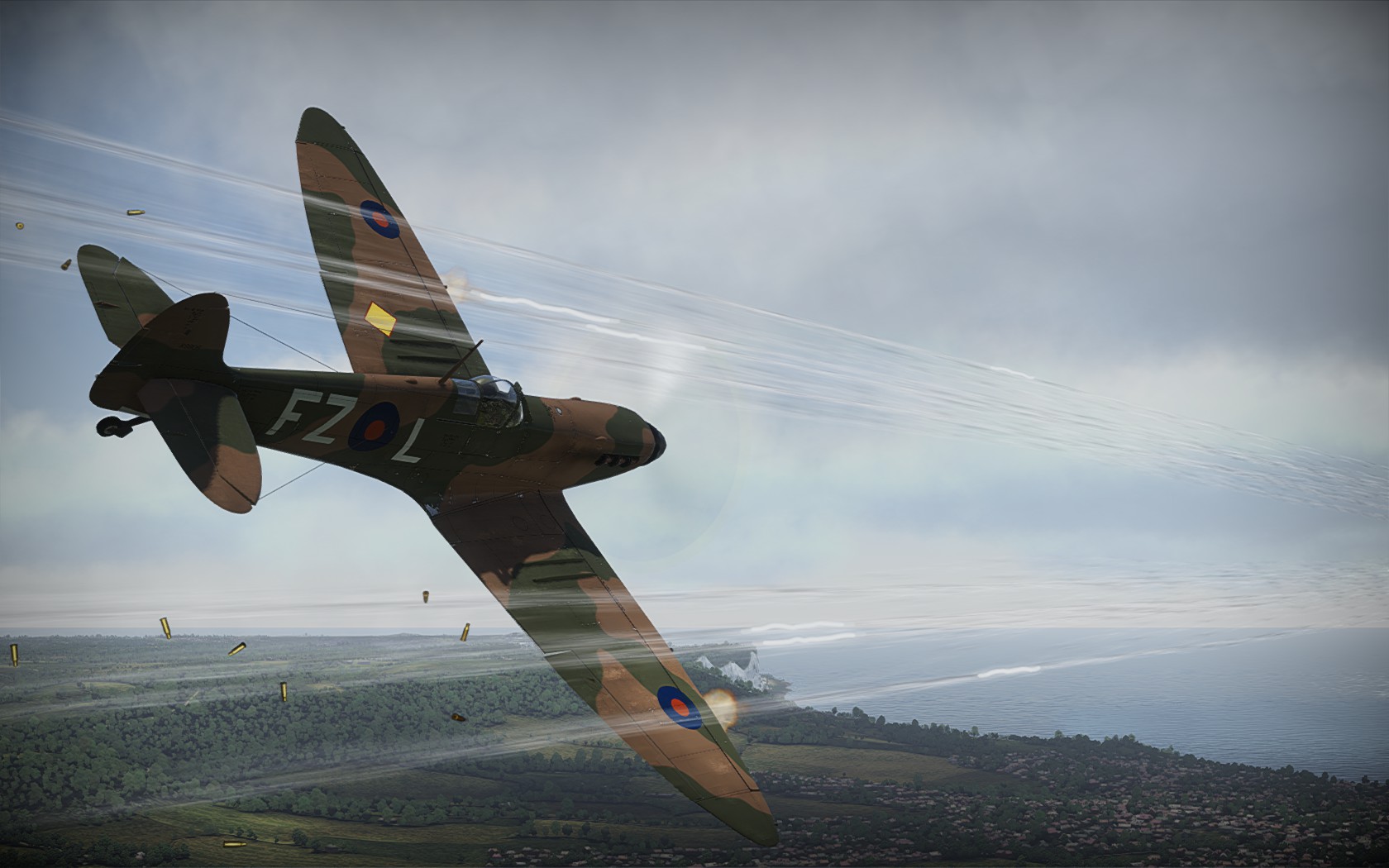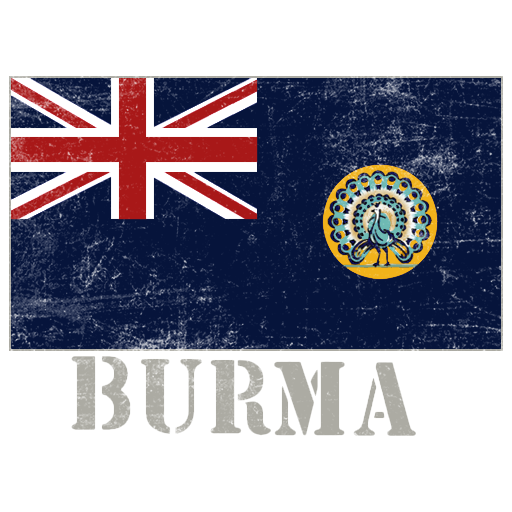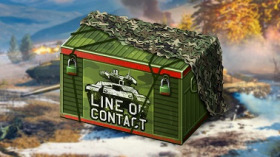
- For PC
- For MAC
- For Linux
- OS: Windows 10 (64 bit)
- Processor: Dual-Core 2.2 GHz
- Memory: 4GB
- Video Card: DirectX 11 level video card: AMD Radeon 77XX / NVIDIA GeForce GTX 660. The minimum supported resolution for the game is 720p.
- Network: Broadband Internet connection
- Hard Drive: 23.1 GB (Minimal client)
- OS: Windows 10/11 (64 bit)
- Processor: Intel Core i5 or Ryzen 5 3600 and better
- Memory: 16 GB and more
- Video Card: DirectX 11 level video card or higher and drivers: Nvidia GeForce 1060 and higher, Radeon RX 570 and higher
- Network: Broadband Internet connection
- Hard Drive: 75.9 GB (Full client)
- OS: Mac OS Big Sur 11.0 or newer
- Processor: Core i5, minimum 2.2GHz (Intel Xeon is not supported)
- Memory: 6 GB
- Video Card: Intel Iris Pro 5200 (Mac), or analog from AMD/Nvidia for Mac. Minimum supported resolution for the game is 720p with Metal support.
- Network: Broadband Internet connection
- Hard Drive: 22.1 GB (Minimal client)
- OS: Mac OS Big Sur 11.0 or newer
- Processor: Core i7 (Intel Xeon is not supported)
- Memory: 8 GB
- Video Card: Radeon Vega II or higher with Metal support.
- Network: Broadband Internet connection
- Hard Drive: 62.2 GB (Full client)
- OS: Most modern 64bit Linux distributions
- Processor: Dual-Core 2.4 GHz
- Memory: 4 GB
- Video Card: NVIDIA 660 with latest proprietary drivers (not older than 6 months) / similar AMD with latest proprietary drivers (not older than 6 months; the minimum supported resolution for the game is 720p) with Vulkan support.
- Network: Broadband Internet connection
- Hard Drive: 22.1 GB (Minimal client)
- OS: Ubuntu 20.04 64bit
- Processor: Intel Core i7
- Memory: 16 GB
- Video Card: NVIDIA 1060 with latest proprietary drivers (not older than 6 months) / similar AMD (Radeon RX 570) with latest proprietary drivers (not older than 6 months) with Vulkan support.
- Network: Broadband Internet connection
- Hard Drive: 62.2 GB (Full client)
Robert Stanford-Tuck's Spitfire Mk.I K9906 'FZ-L' - 65 Squadron, Hornchurch 1939, Skin made by LNSE492 | Download here
 |
| Squadron Leader Robert Stanford Tuck, commanding No. 257 Squadron, in the cockpit of his Hawker Hurricane at Martelsham Heath, November 1940. |
Whilst on leave in September 1935, Tuck was attracted by an advert to join the RAF and duly applied, being called up for basic training at RAF Uxbridge in September. Following his two weeks of drill and lectures he then reported to No.3 Flying Training School at Grantham to fly the Avro Tutor. Tuck’s early days as an aviator were less than successful; he was well behind schedule when he finally flew his first solo in October. However, after successfully completing his training he was awarded his pilot’s wings in August 1936 and was posted to No.65 Squadron flying Gloster Gladiators at RAF Hornchurch.
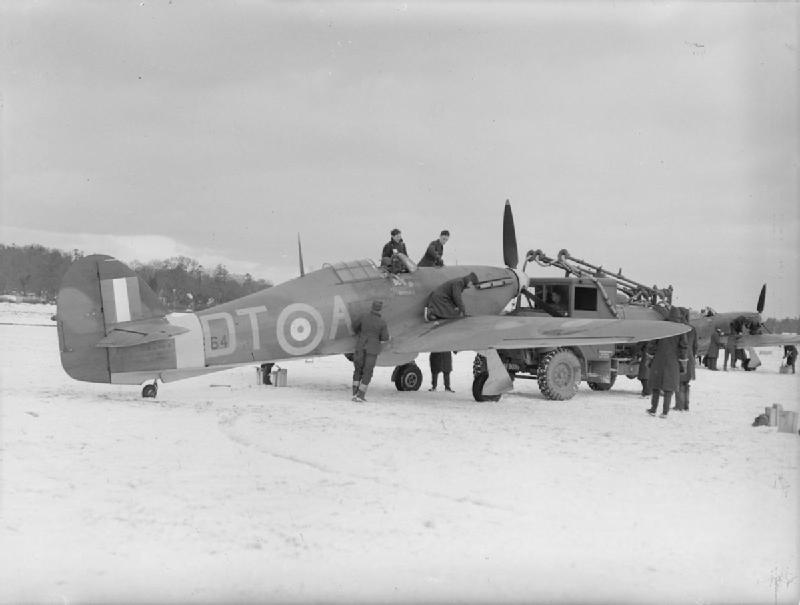 |
| Royal Air Force 1939-1945 |
In June 1940 Tuck was sent to Farnborough to take part in trials of a captured Bf109E and the new Spitfire Mk.IIa. He described the Bf109 as a delightful aircraft, but believed the Spitfire to have the edge in maneuverability. July and early August saw a return to the front line and more patrols from Pembrey in South Wales before being ordered to No.11 Group in South East England during the height of the Battle of Britain. He shot down three German bombers in two days before he himself was shot down on August 18th, although he again managed to parachute to safety.
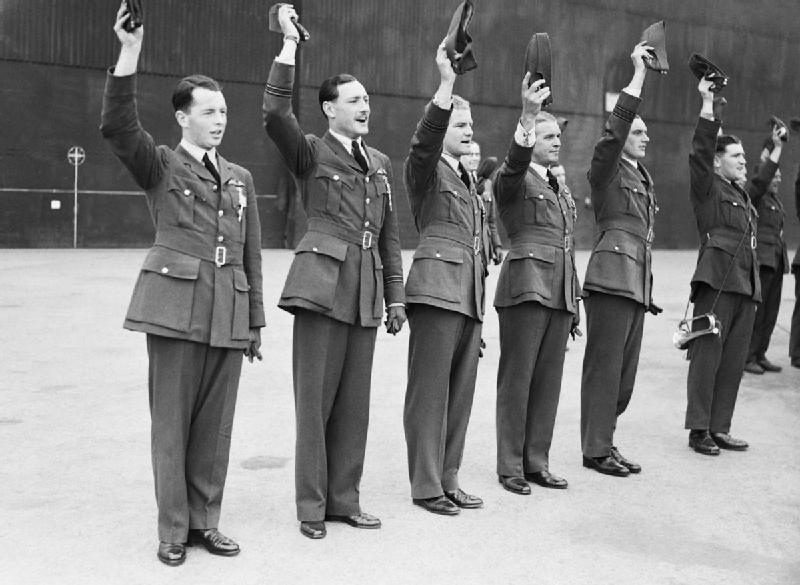 |
| RAF pilots cheer King George VI at an awards ceremony at RAF Hornchurch 27 June 1940 |
On September 11th Tuck was promoted to Acting Squadron Leader and given command of No.257 Squadron at Martlesham; the move was not completely welcome as Tuck did not take to the Hurricane well after over 1000 hours logged on Spitfires. Whilst he later acknowledged its robustness and stability, he thought it cumbersome as a fighter. Emulating the superior tactics used by the Luftwaffe, Tuck taught his squadron to fly in loose pairs rather than the RAF’s doctrinal tight vics of three. By the end of the month, Tuck was leading a wing of three squadrons of Hurricanes. After his successful leadership during the climax of the battle, a bar was added to Tuck’s DFC in October 1940. In January 1941 he was awarded the Distinguished Service Order. He dismissed his success as luck.
No.257 Squadron converted to the new 20mm cannon armed Hurricane Mk.IIc, a change Tuck welcomed. He led his squadron in day and night sorties against enemy raiders throughout spring, resulting in a second bar to his DFC. On June 21st, whilst flying alone off the coast of England, he was jumped by three Bf109s. He shot down two and damaged a third, forcing it to break off and retreat before he nursed his crippled Hurricane towards home but was later forced to jump when the engine caught fire.
In July he was promoted to Wing Commander and took command of the Duxford Wing, made up of Typhoons, P-39s and Spitfires. Whilst he did like the Typhoon, the Spitfire Mk.V was his aircraft of choice. After several months of leading the Wing over occupied France, Tuck was sent to the United States to share his experience with Britain’s ally. He returned to take command of the Biggin Hill Wing at the end of the year.
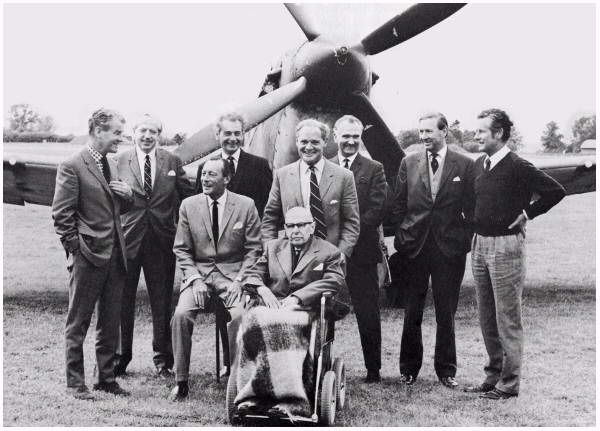 |
| Veterans reunion |
On January 28th 1942, Tuck led Flying Officer Bob Harley in a two Spitfire strike against an alcohol distillery at Hesdin in Northern France. After successfully attacking their target the two continued to look for targets of opportunity, attacking a German truck and then a steam engine. He was hit by ground fire and positioned to carry out a forced landing. He was again shot at and so destroyed an enemy AA truck before crash landing in a field where he was captured.
Oberst Adolf Galland heard of Tuck’s capture and invited the RAF pilot to dine with him and his pilots before he was then taken to Stalag Luft III POW camp. There, he met his former CO Roger Bushell. Tuck was involved in several escape attempts during his time at Stalag Luft III, but was transferred to a different camp before the ‘Great Escape’ took place. In January 1945, during a prisoner move, Tuck and Polish airman Zbishek Kustrzynski were able to escape and make contact with advancing Soviet forces. They were returned to the UK in March 1945.
Tuck remainder in the RAF until 1949, becoming a farmer in Kent before he passed away at the age of 70 in May 1987. In the years following the end of the Second World War, he became close friends with several German pilots, including Gunther Rall and Adolf Galland. This relationship helped foster a much closer bond between the two aviation communities of Britain and Germany post war. He was credited with 29 confirmed kills and 8 probables, although post war investigations uncovered a possible 30th kill. His colleagues, both pilots and ground crew, remember him fondly as a level headed, down to earth and approachable leader.
The decal: No.257 Squadron was the Burma gift squadron, acknowledged in its motto and logo:
About The Author - Mark Barber, War Thunder Historical Consultant
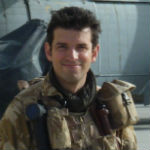
Mark Barber is a pilot in the British Royal Navy's Fleet Air Arm. His first book was published by Osprey Publishing in 2008; subsequently, he has written several more titles for Osprey and has also published articles for several magazines, including the UK's top selling aviation magazine 'FlyPast'. His main areas of interest are British Naval Aviation in the First and Second World Wars and RAF Fighter Command in the Second World War. He currently works with Gaijin Entertainment as a Historical Consultant, helping to run the Historical Section of the War Thunder forums and heading up the Ace of the Month series.
